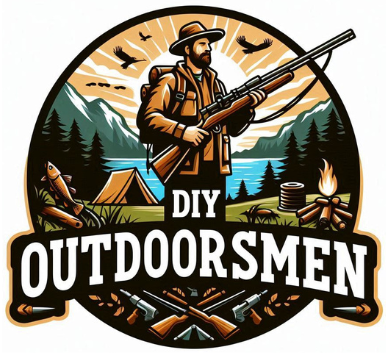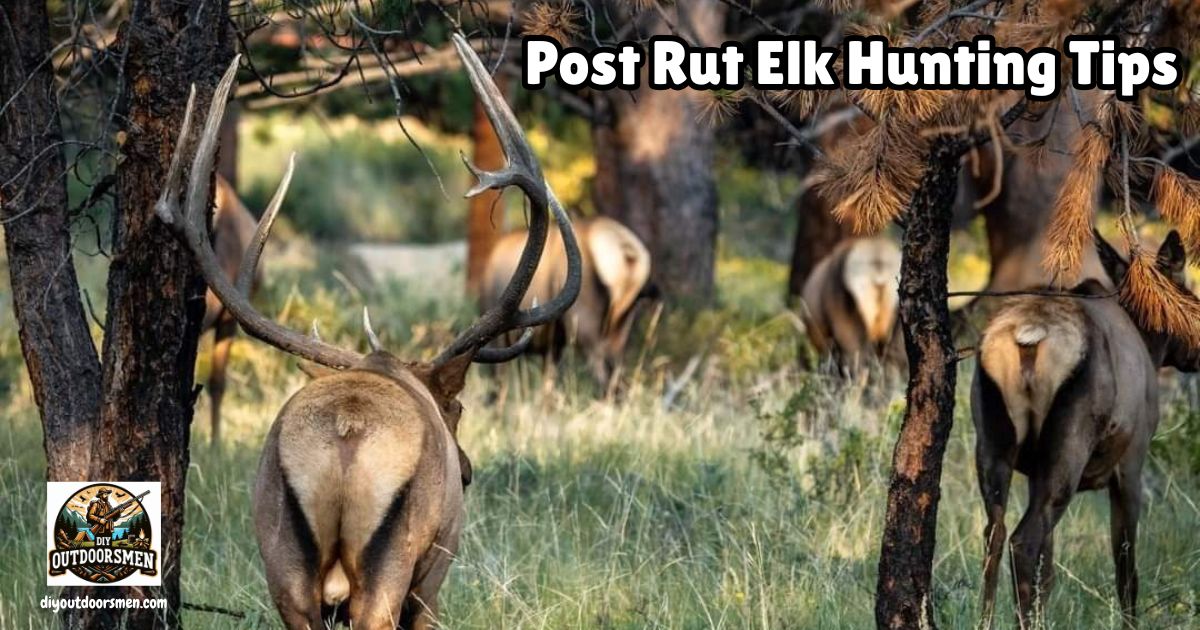Contents
Post-rut elk hunting is an entirely different experience from chasing bugling bulls in early autumn. I’ve found that elk behavior switches up in big ways during late October through December, and the tactics that work during the rut often fall short. Understanding what drives elk after the rut is important if I want to up my odds and hunt ethically.
QUICK LOOK: Post-Rut Elk Hunting Strategies
- Target Security and Food: When I scout or choose hunting areas, I focus on finding spots that combine solid cover with good forage. Southfacing slopes melt fast and expose grass, even in November snows. Sometimes an old burn or windblown ridge has just enough feed, and if it’s far enough from roads and people, it becomes prime elk habitat.
- Be on Time: I always make sure to get into position before first light and stay put until after sunset. Elk often feed at night or right at dawn and dusk; these are my best chances to spot movement. Midday is often spent glassing bedding areas or slowly still hunting where I expect bulls to rest.
- Use Sounds Sparingly: Bugles and cow calls don’t draw out post-rut bulls like they used to. Still, a quiet locator call now and then can help me spot a bull’s position if he responds. I don’t expect full-on vocalization, but sometimes just a single faint bugle can give away a bedded bull.
- Still Hunting: On quiet days with damp ground or snow, I move slowly through dense timber, stopping frequently to scan and listen. This tactic requires patience and careful attention to wind direction. I’m always extra careful with movement and noise, as elk are extra jumpy after weeks of hunting pressure.
- Follow Pressure: Areas that have seen a lot of hunters often push bulls deep into rugged and remote drainages. I try to reach places others aren’t willing to go. It can mean a long hike, but finding a quiet pocket with fresh sign is rewarding and sometimes holds the biggest animals.
- Read Tracks and Sign: Snow can make my life easier. I look for fresh elk tracks, digging marks in the snow where they feed, and droppings. Following these tracks carefully, always from downwind and with binoculars at the ready, has helped me sneak close for a shot.
Understanding Post-Rut Elk Behavior
Elk face a demanding rutting season. By late October, most bulls are worn out, and survival becomes their number one focus. Instead of chasing cows, these bulls now look for safe places to rest and eat. Their bodies need to recover lost weight and rebuild fat reserves to get through the winter months. Bulls typically split off from the cow-calf herds, especially the older and bigger ones.
I notice that mature bulls usually become solitary or form small bachelor groups, keeping to thick cover far from regular hunting pressure. Young bulls may sometimes stay with female groups, but pressured areas generally drive them out.
Elk seek out parts of the landscape that offer both security and a reliable food source. I’ve had some success finding them in remote patches of timber, steep draws, and on south-facing slopes where sunlight keeps feed exposed, especially after snowfall.
When undisturbed, post-rut elk settle into regular routines, moving between bedding and feeding areas daily. Their travel patterns become more predictable, but they are also far warier and often much quieter. Bull elk don’t bugle nearly as much as they do during the rut, so I can’t rely on hearing them from across a canyon. This period demands a different kind of persistence and patience from me.
Proven Strategies for Hunting Post-Rut Elk
Good glassing skills have paid off for me more than once. I start by finding a high vantage point where I can see big chunks of land. Using quality binoculars on a tripod helps me search every shadow and edge for an antler tip or a brown body.
Post-Rut Elk can blend into thick timber, avalanche chutes, and old burns. Early morning and late evening light are the best times to spot them, as that’s when they move to and from feeding areas. Staying put and glassing carefully often shows me animals I’d never see just walking around.
E-scouting is a true game changer. Before a hunt, I use mapping tools like onX or Google Earth to identify likely bedding cover, feeding meadows, secluded water, and chokepoints elk might travel through. I then plan entry and exit routes to avoid blowing my scent into these core areas.
Aerial imagery helps me spot hidden benches, edges of old burns, and remote basins where pressured bulls hide out, especially as snow starts pushing elk lower in elevation. It helps me game plan my route to avoid bumping into them. I find that digital scouting saves me both time and surprise on the mountain.
- Target Security and Food: When I scout or choose hunting areas, I focus on finding spots that combine solid cover with good forage. Southfacing slopes melt fast and expose grass, even in November snows. Sometimes an old burn or windblown ridge has just enough feed, and if it’s far enough from roads and people, it becomes prime elk habitat.
- Be on Time: I always make sure to get into position before first light and stay put until after sunset. Elk often feed at night or right at dawn and dusk; these are my best chances to spot movement. Midday is often spent glassing bedding areas or slowly still hunting where I expect bulls to rest.
- Use Sounds Sparingly: Bugles and cow calls don’t draw out post-rut bulls like they used to. Still, a quiet locator call now and then can help me spot a bull’s position if he responds. I don’t expect full-on vocalization, but sometimes just a single faint bugle can give away a bedded bull.
- Still Hunting: On quiet days with damp ground or snow, I move slowly through dense timber, stopping frequently to scan and listen. This tactic requires patience and careful attention to wind direction. I’m always extra careful with movement and noise, as elk are extra jumpy after weeks of hunting pressure.
- Follow Pressure: Areas that have seen a lot of hunters often push bulls deep into rugged and remote drainages. I try to reach places others aren’t willing to go. It can mean a long hike, but finding a quiet pocket with fresh sign is rewarding and sometimes holds the biggest animals.
- Read Tracks and Sign: Snow can make my life easier. I look for fresh elk tracks, digging marks in the snow where they feed, and droppings. Following these tracks carefully, always from downwind and with binoculars at the ready, has helped me sneak close for a shot.
Essential Gear for Post-Rut Elk Hunts
Colder weather and changing conditions mean I need to pack smart. My layering system starts with a moisture-wicking base, warm insulation layers, and a waterproof outer shell. A glassing pad or insulated seat is handy for long sits in the snow or on frozen ground. Warm gloves, a beanie, and dry socks make long days outside much more bearable.
I never forget my optics. Good binoculars and a sturdy tripod are my go-to for picking apart distant timber. I also pack a spotting scope if I’m hunting in open country where elk might be miles away. Rangefinders are super helpful when shooting across canyons or estimating distances over variable ground.
My boots need to be warm, waterproof, and broken in. Hunting post-rut elk frequently puts me in steep, slippery, and snow-covered ground. Trekking poles help me stay upright and move quietly, especially with a heavy pack or when traversing sidehills. If you’re hunting solo, remember that a GPS or satellite messenger is essential for safety and for marking locations when tracking wounded game.
I keep my pack organized with essentials like extra ammunition, water, high-calorie snacks, a headlamp, hand warmers, an energy bar or two, spare batteries for all my electronics, and a sturdy knife. In late season, I also carry game bags that keep meat clean and cool if I’m lucky enough to fill a tag. It also pays to tuck a small first aid kit and space blanket into your pack, just in case something unexpected happens far from the truck.
Challenges and How I Deal with Them
Colder temperatures and unpredictable weather are two hurdles when I hunt the postrut period. Storm fronts can move in quickly, change post-rut elk behavior overnight, and start them on their annual migration to lower elevations.
Watching the weather forecast helps me plan where and when to hunt, but I always carry emergency supplies just in case I have to spend extra time outside. If a big snow dump is coming, I may focus on lower elevation pockets and south-facing slopes.
Elk are often jumpy after weeks of hunters in the woods. I use the wind to my advantage, keeping it in my face as much as possible and planning my approach routes around likely bedding cover. Scent control is really important. Sometimes, even with the best planning, swirling winds can blow a stalk at the last second, so I stay flexible and adapt quickly.
Vegetation and snow can make visibility tough. This is where those glassing skills and patience become even more important. Some of the best bulls I’ve seen were found only because I spent extra time behind the glass, watching and waiting. I also keep an eye out for travel corridors that connect secure bedding sites and feeding areas; seeing just a hint of movement through the trees can be enough to get me in the right spot.
Long-Range Shooting Preparation
Shots in the postrut season can be longer and through more challenging terrain. I make a point to practice with my rifle or bow out to the maximum distance I’m comfortable with, factoring in low temperatures and realistic shooting positions, such as prone from a hillside or bracing over a log.
A steady rest and knowing my limits make for clean, ethical shots. I also always double-check my zero at lower temps, since cold weather can impact the bullet point of impact and my ability to shoot steadily. Adding some practice for quick follow-up shots is smart, too, given the unpredictable ways elk can react after the shot.
What Post Rut Elk Hunts Look Like
Some of my most memorable elk hunts took place after the rut, often with fewer hunters around and snow crunching under my boots at first light. I remember one hunt where glassing a distant burn for two days led me to a big bull feeding on a sunny slope.
The approach required patience, moving only when the bull fed behind timber and waiting for the midday thermals to switch the wind in my favor. The final shot was taken from a steady rest at a distance I’d practiced all fall, and the feeling of success came after days of persistence and learning from earlier mistakes.
That hunt showed me the value of slowing down, watching the wind, and being willing to work hard for one good opportunity. The quiet of the woods after the rut is a different kind of challenge, one that is just as rewarding when you get it right.
- Key Takeaway: Postrut elk hunts are quiet, methodical, and reward patience. Being willing to adapt, work harder, and pay close attention to elk behavior and sign has made the biggest difference for me.
Frequently Asked Questions
What is the “postrut” period in elk hunting?
Postrut refers to the weeks following the main breeding season, typically from late October through December. Bulls stop actively seeking cows and focus on regaining strength and surviving winter.
Where do mature bulls go after the rut?
They often leave cow-calf herds and seek out remote, secure areas with available forage and cover, such as deep timber patches, steep slopes, or areas far from human activity.
How important is calling after the rut?
Calling is usually less effective since bulls are less vocal. Sometimes, a subtle locator call works to get a response, but it’s not something I lean on heavily.
What gear do I need for post-rut elk hunts?
Warm clothing layers, excellent optics, waterproof boots, and emergency essentials are super important. Glassing gear and extra food, and water help me stay in the field longer.
Most Recent Articles:
- Complete Guide On Tracking Game Animals
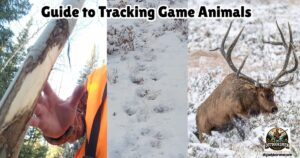
- DIY 4-Step Guide To Field Dressing And Quartering A Deer
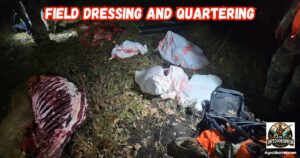
- Night Vision Binoculars For Nocturnal Hunting
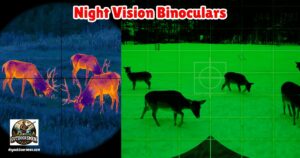
- The Science Behind Camouflage Patterns For Deer Hunting
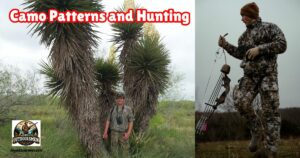
- Binocular Accessories For Hunters

- 9 Tips for Using Trail Cameras To Track Deer Movements

As always, stay safe, enjoy the journey, and please try to leave it cleaner than you found it. If you have any comments, questions, ideas, or suggestions, please leave them in the comment section below, and I’ll get back to you ASAP. You can follow us on YouTube: Man Art Creations for videos of our DIY Adventures.
P.S. Thanks so much for checking out our blog; we really appreciate it. Just so you know, we may receive a commission if you click on some of the links that appear on our site. This helps us keep our content free and up-to-date for everyone. We appreciate your support!
